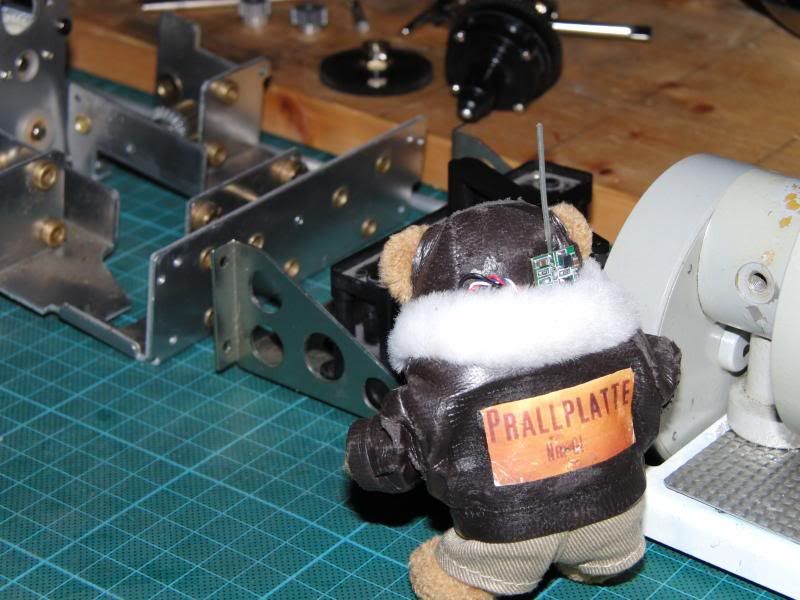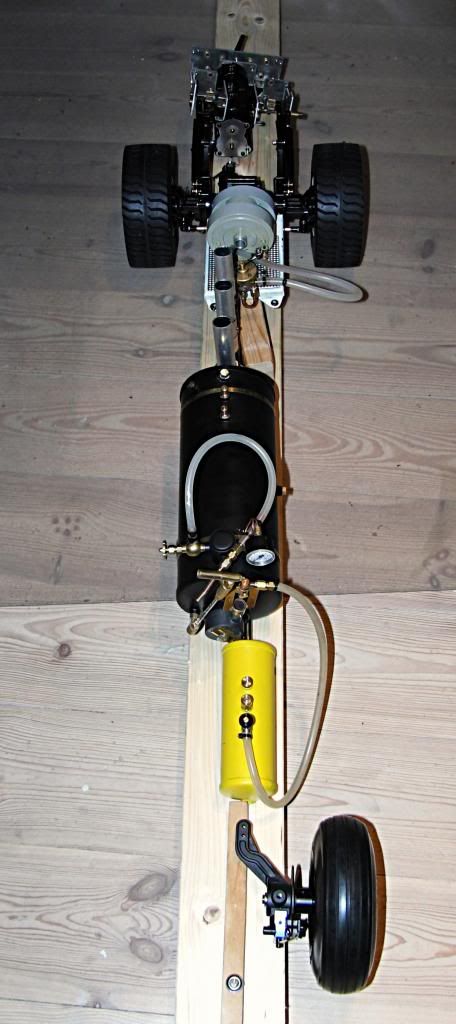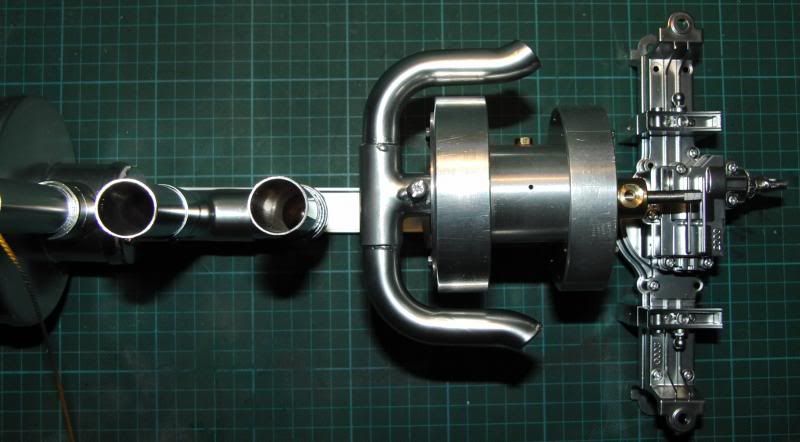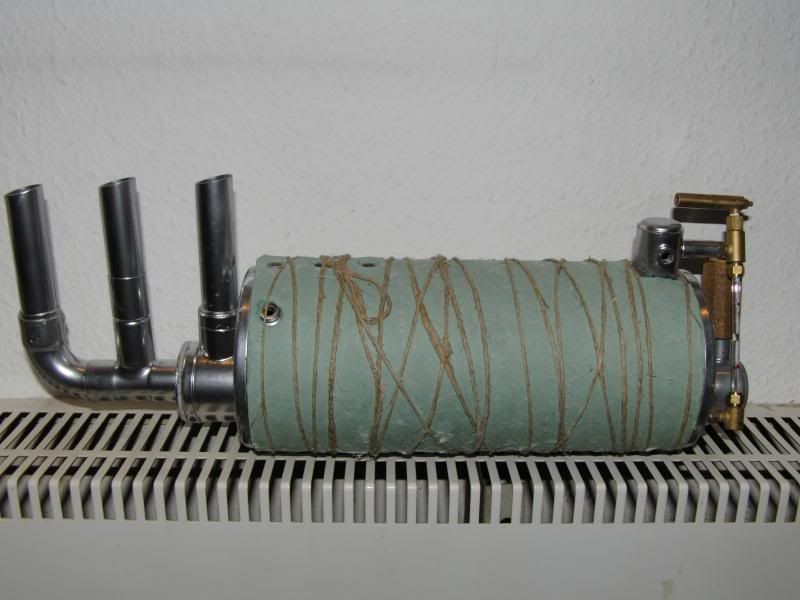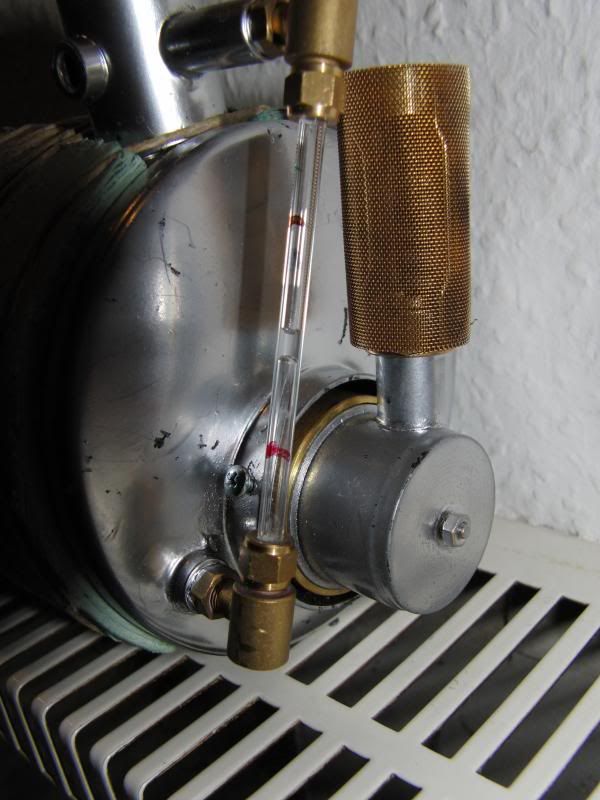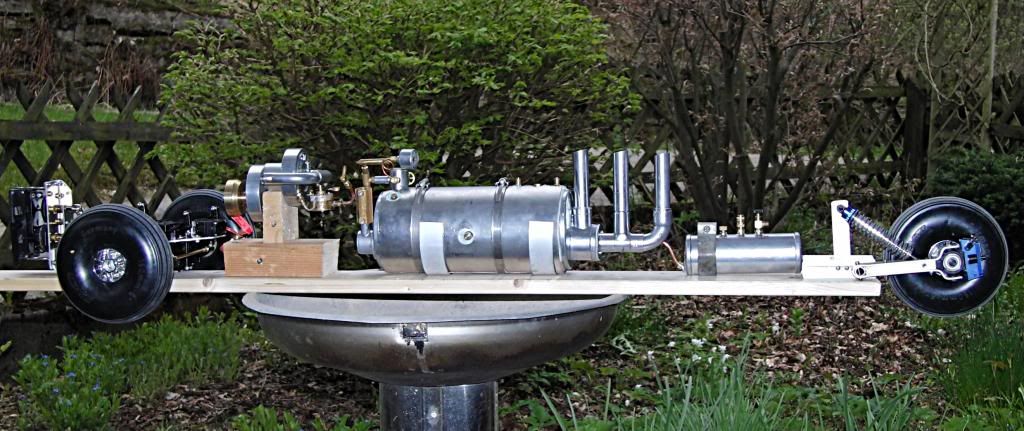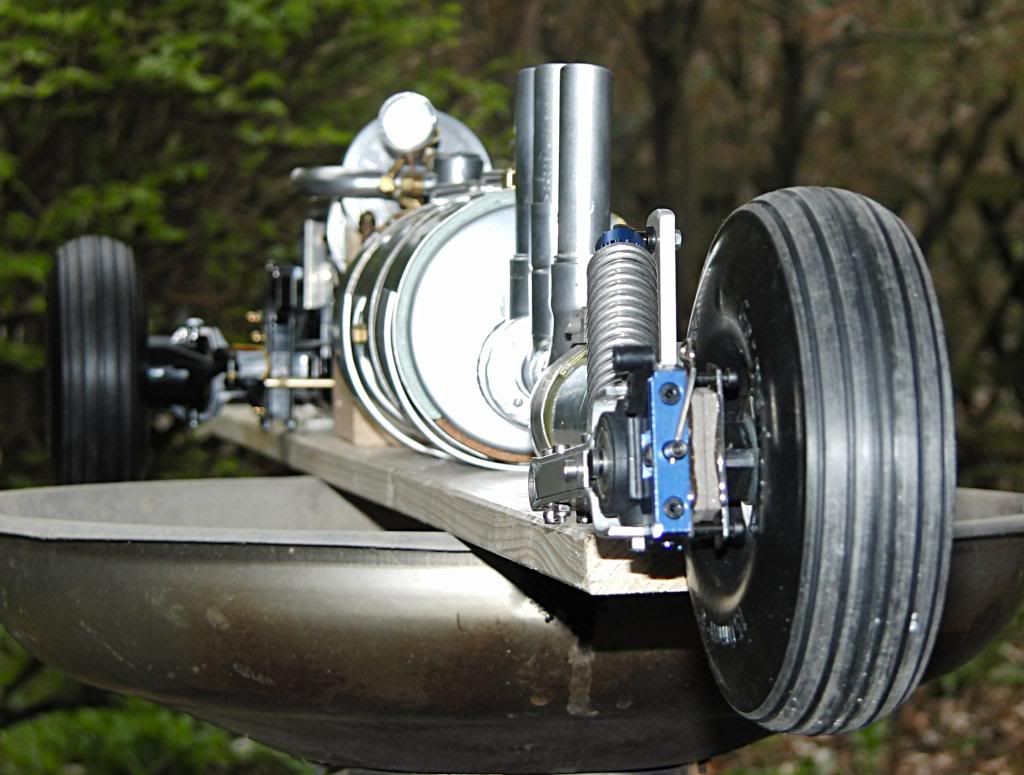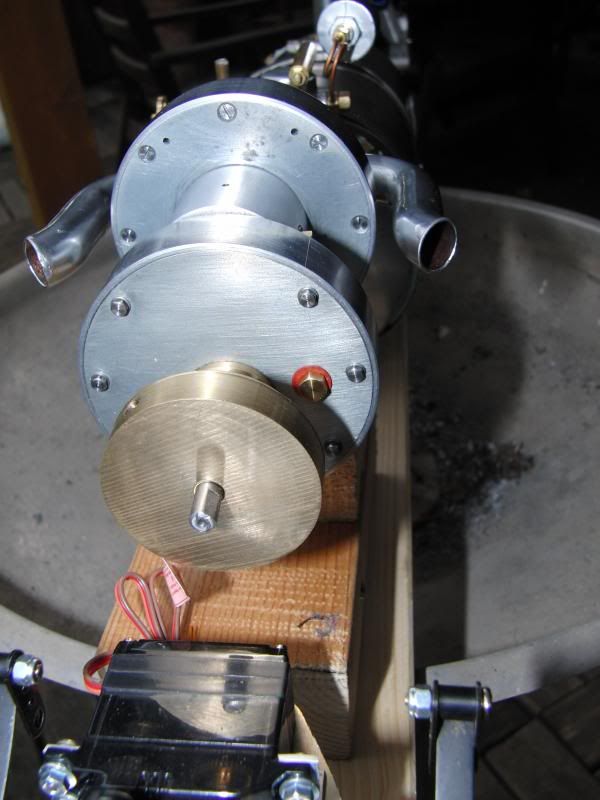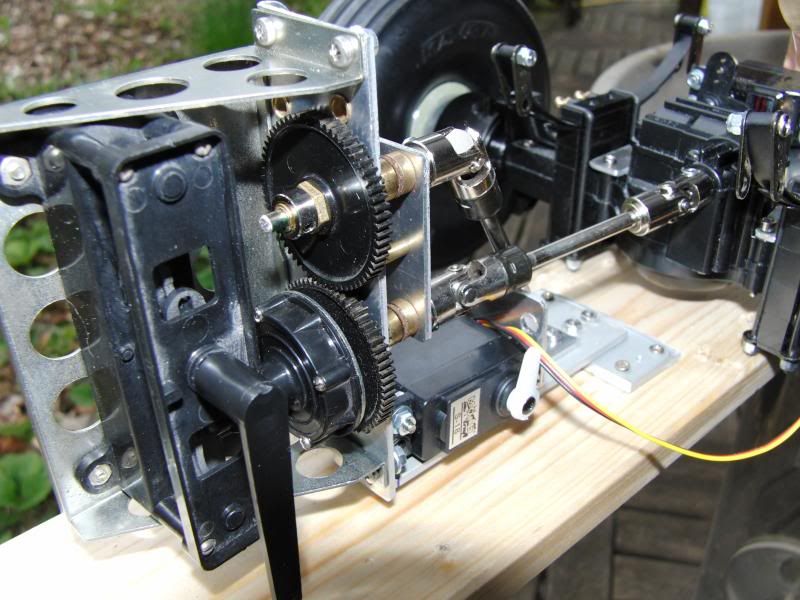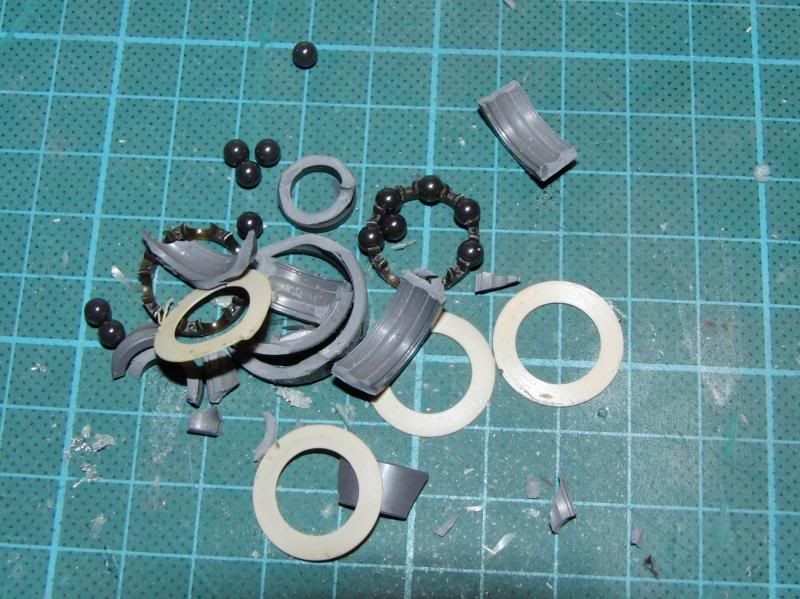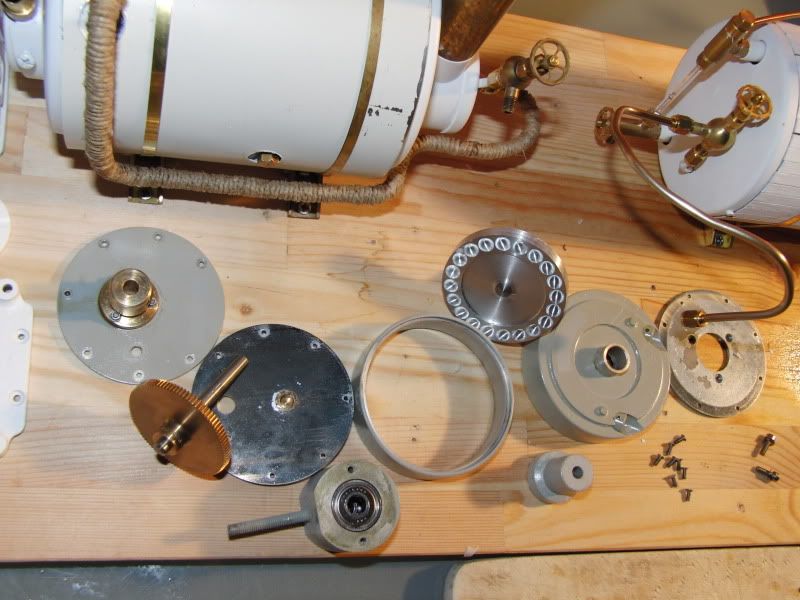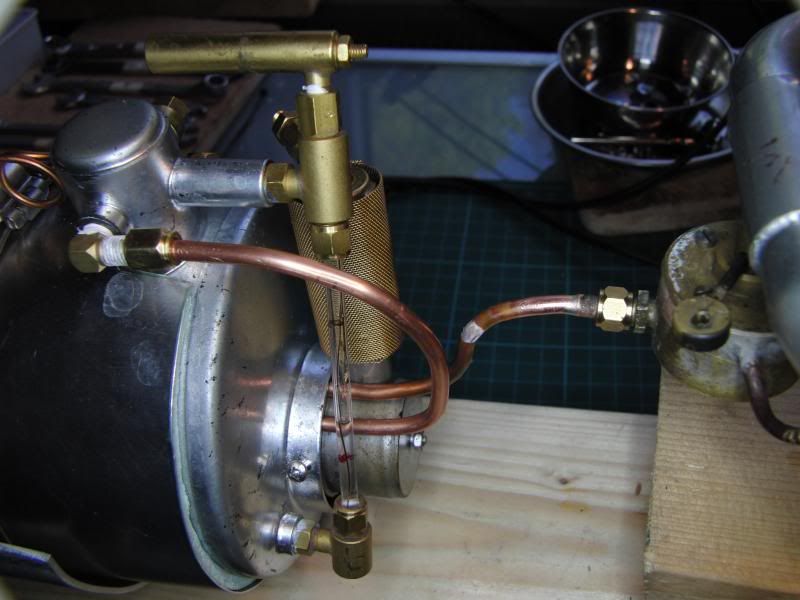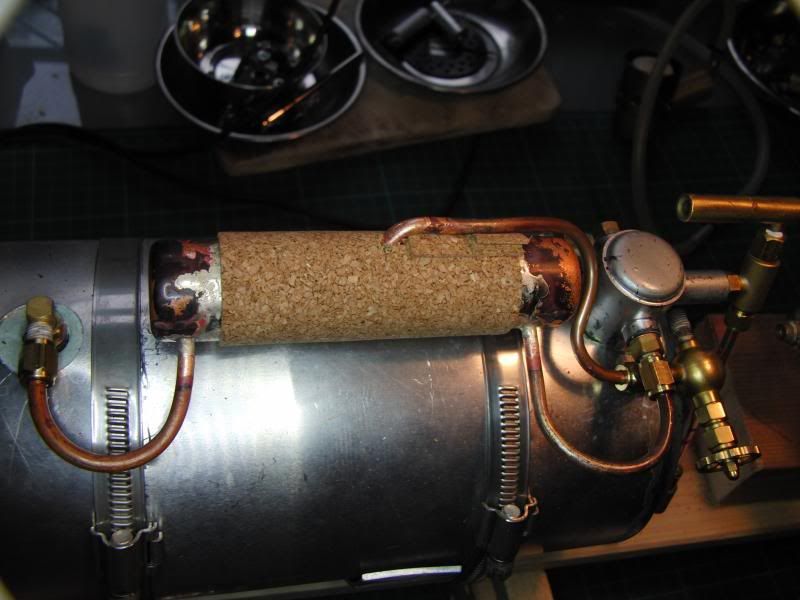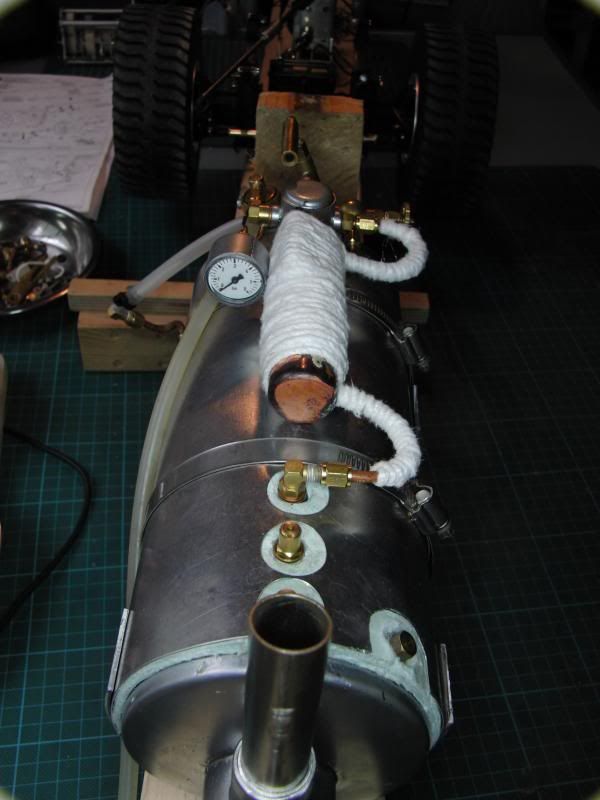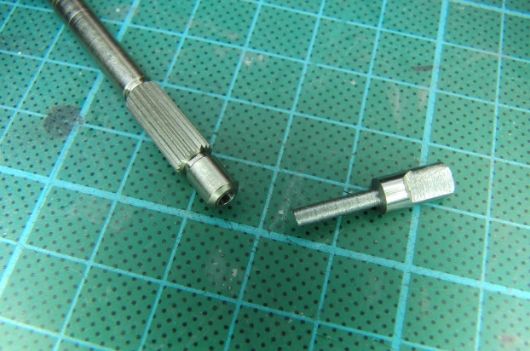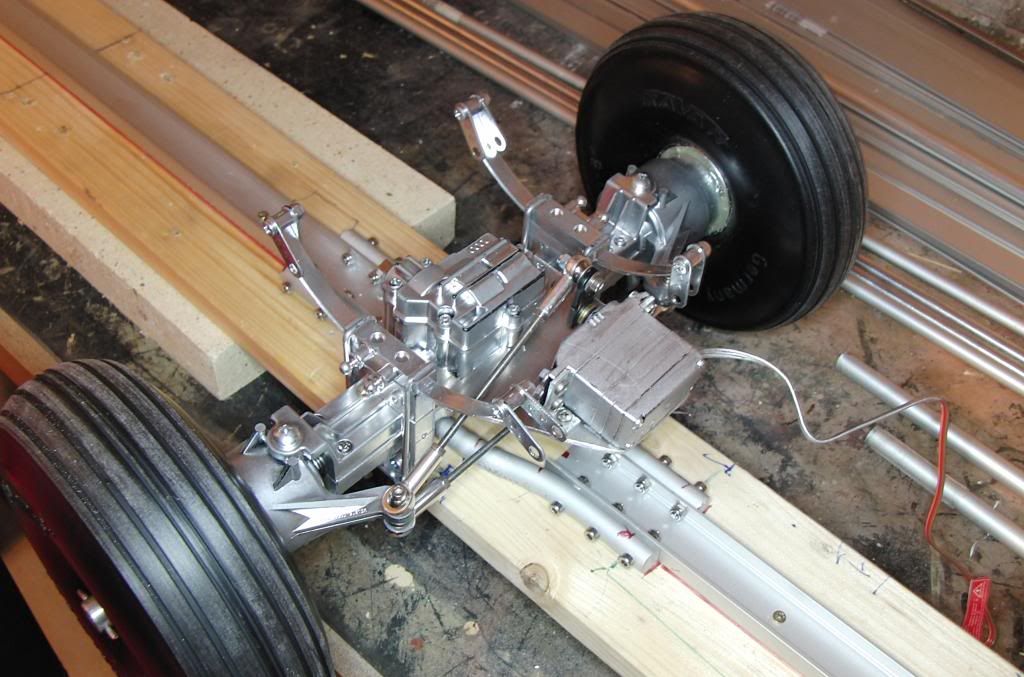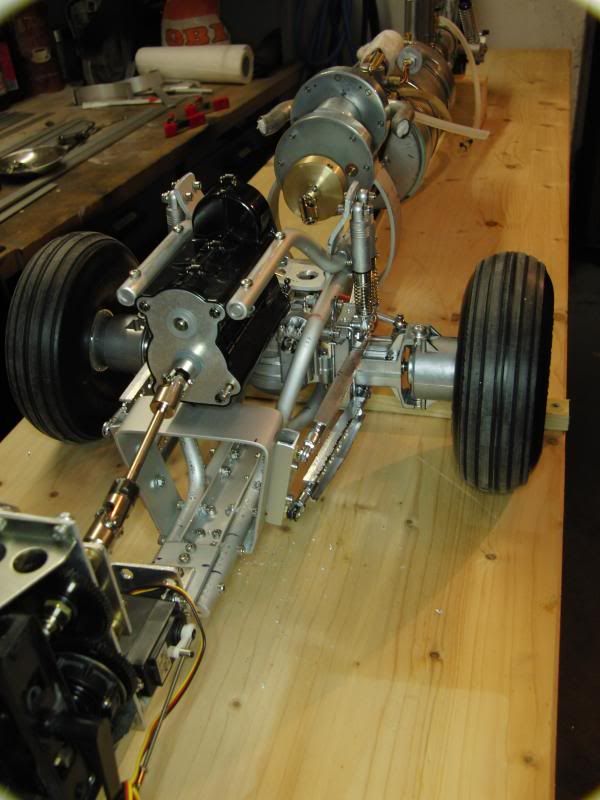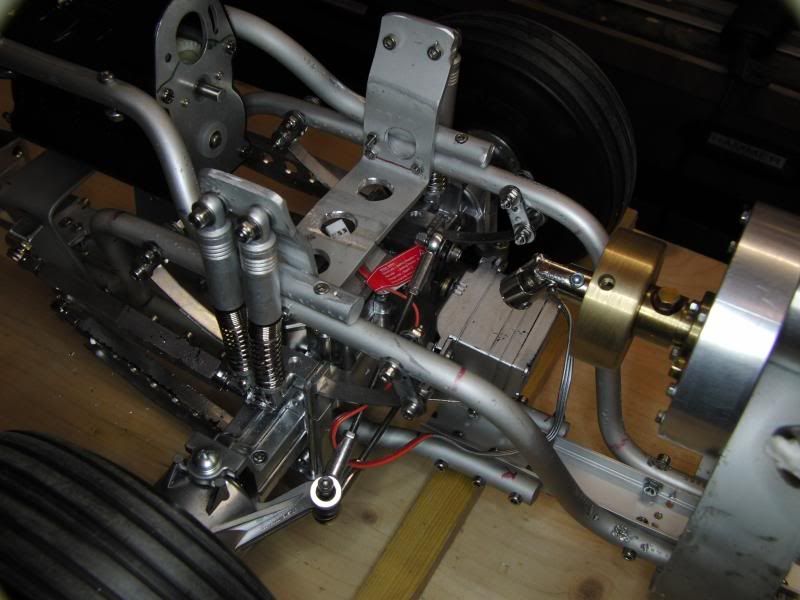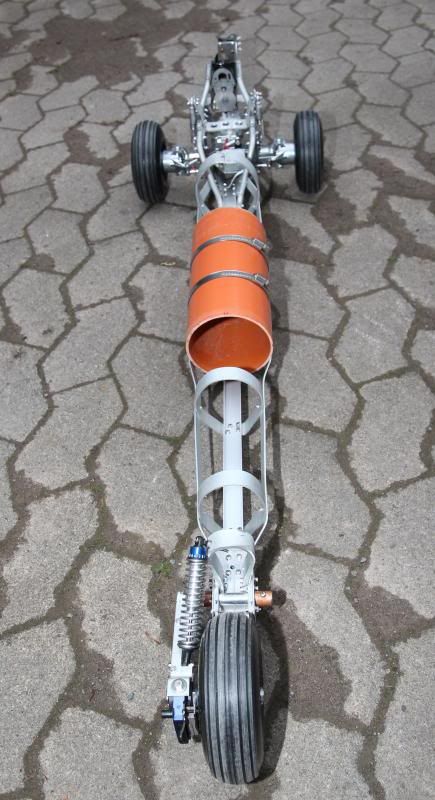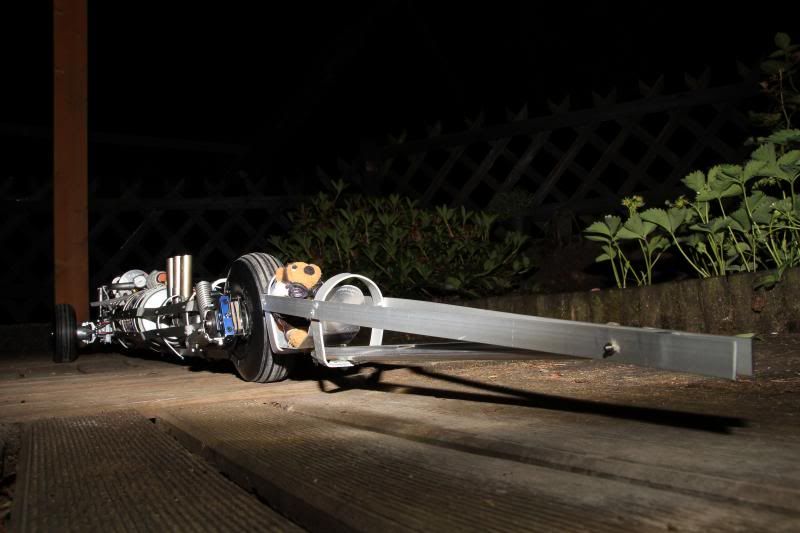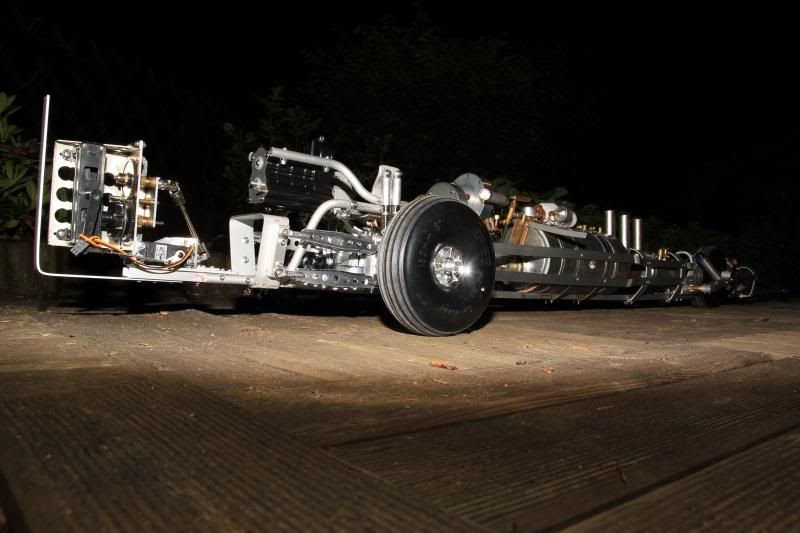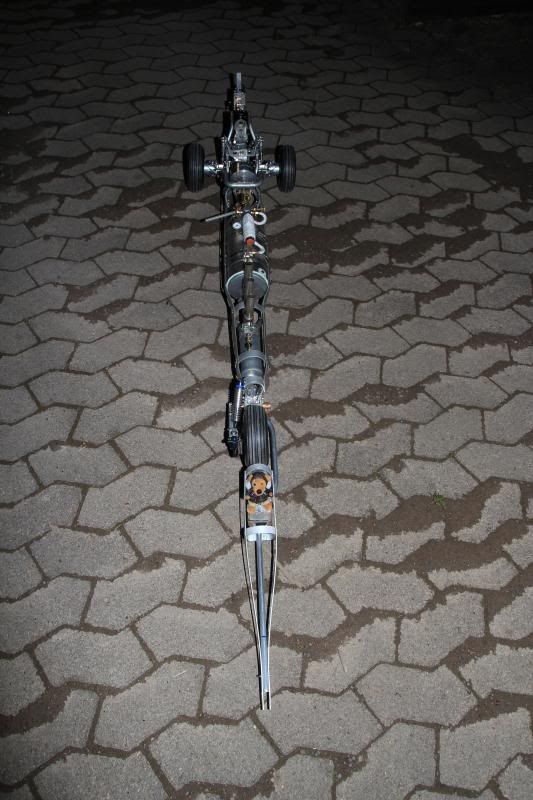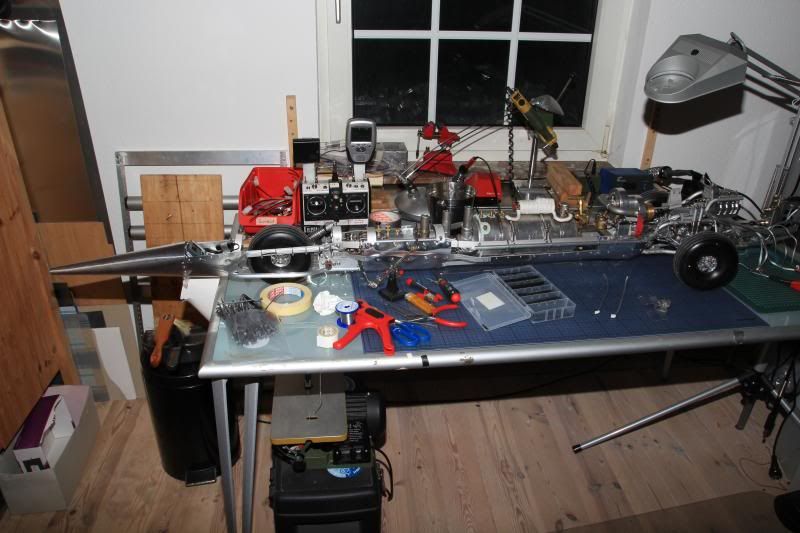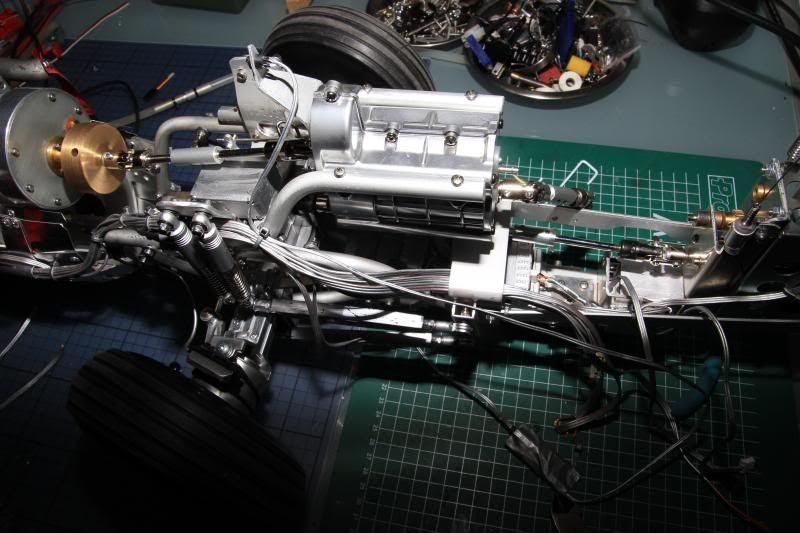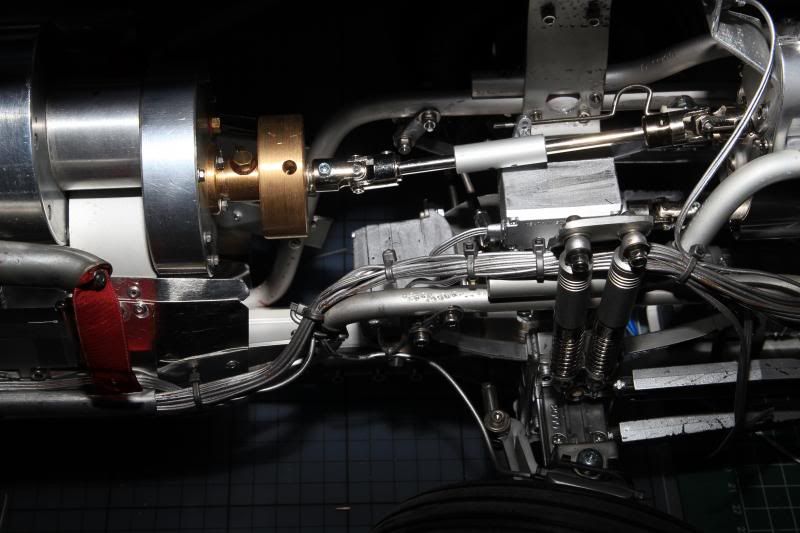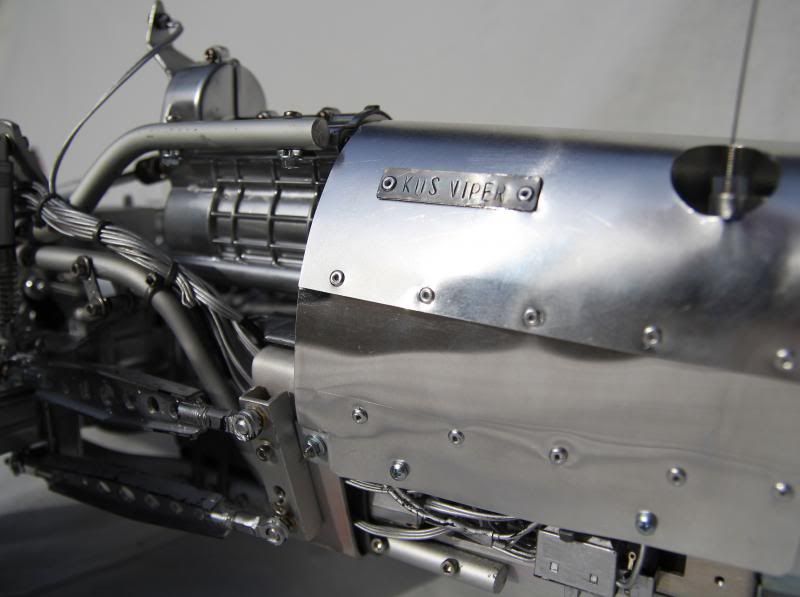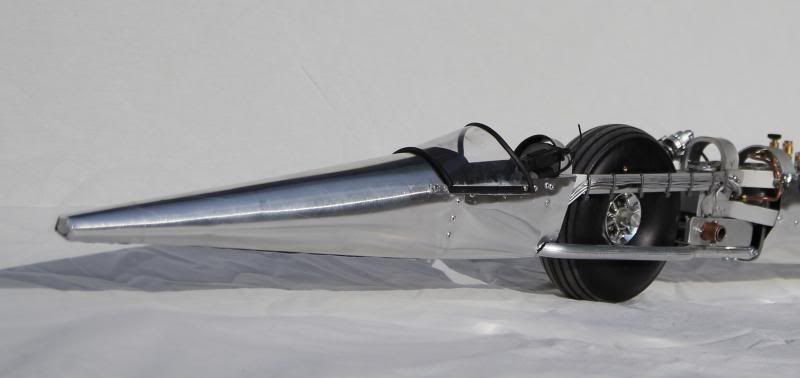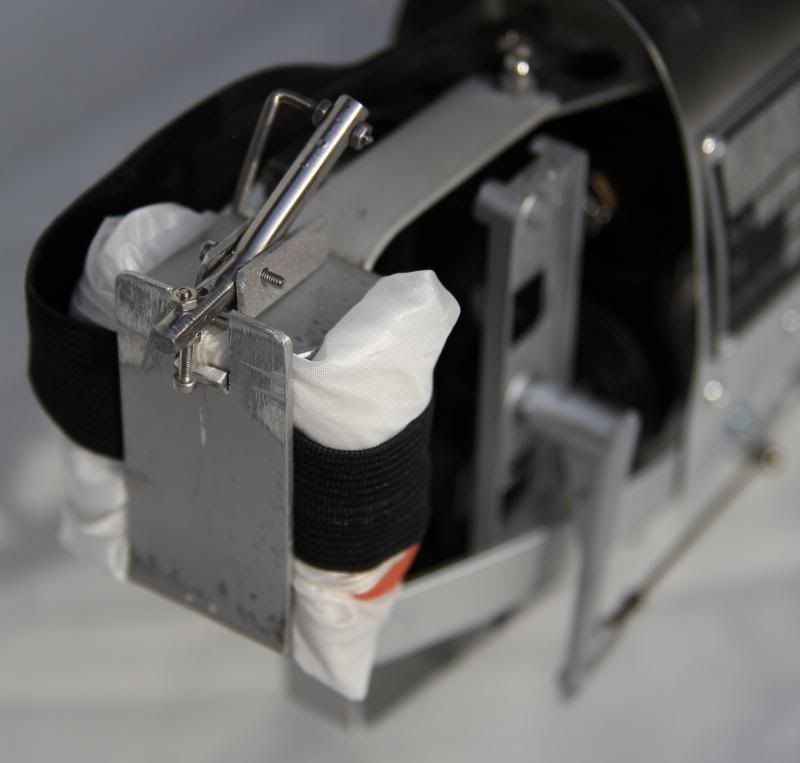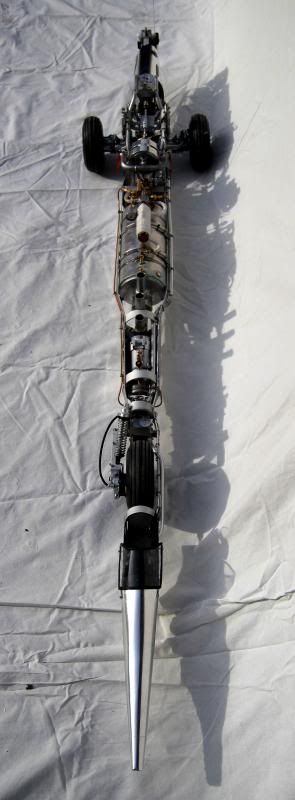I don’t understand your comment that super heated steam equals less kinetic energy.
Superheated steam will increase net power output from a turbine, not decrease it.
The design-goal for a steam turbine (either saturated steam, or superheated steam) is to install a convergent-divergent nozzle upstream of the turbine blades. The nozzle takes sub-sonic (and very hot steam), and converts it into a super-sonic flow of significantly reduced temperature and pressure. Thus the nozzle is the driving force within a steam turbine, as it turns useless heat energy into the required kinetic energy. It is kinetic energy that pushes the blades during the work-extraction process. Note: a properly designed steam nozzle is capable of very high degrees of thermodynamic efficiency, in converting thermal energy into kinetic energy.
Most steam nozzles are based on a hyperbolic-curve design, where the throat cross-sectional area is sized per the operating mass-flow-rate of the nozzle(s). Too much throat area, and your steam will never exceed Mach. Too little area, and you’ll choke the turbine’s ultimate power output.
One advantage of superheated steam is that you will reduce the chances of condensation within the turbine stage(s). A little bit of quality within a fast moving turbine has the same effect as bead-blasting the turbine blades with sand.
If you stick with saturated steam, I recommend installing a dash-pot to separate any condensate from your steam supply line – as just one water hammer can bend & crack turbine blades.
